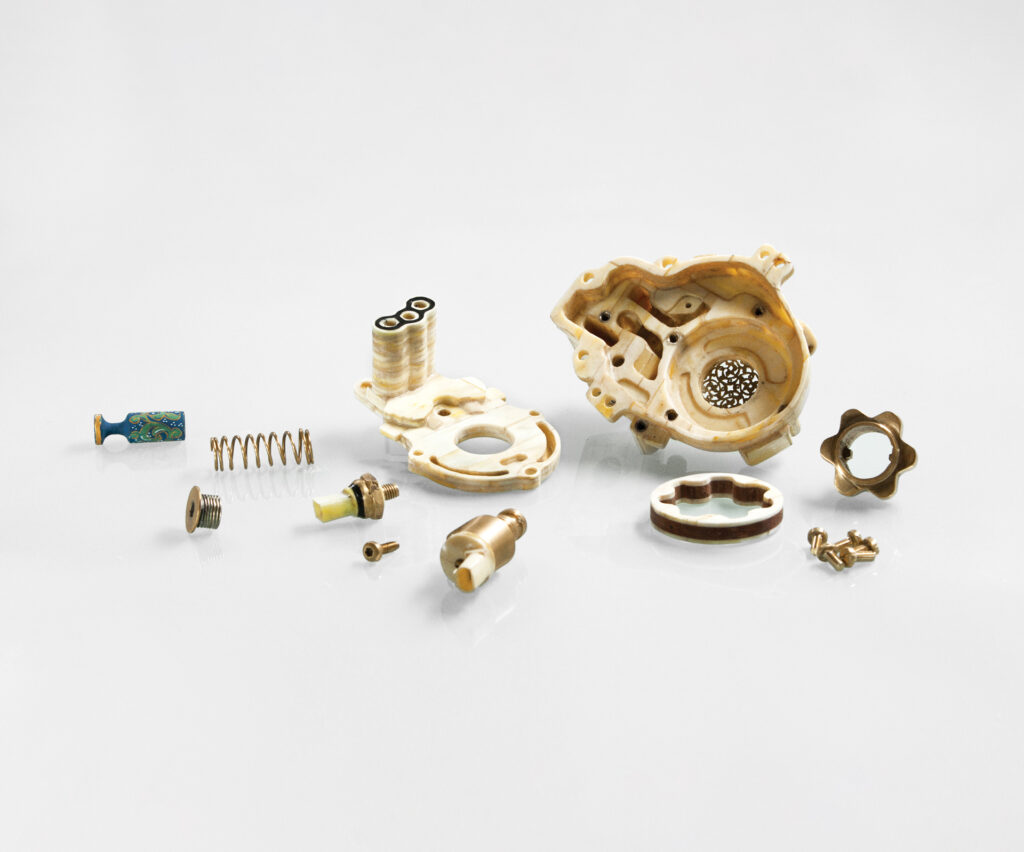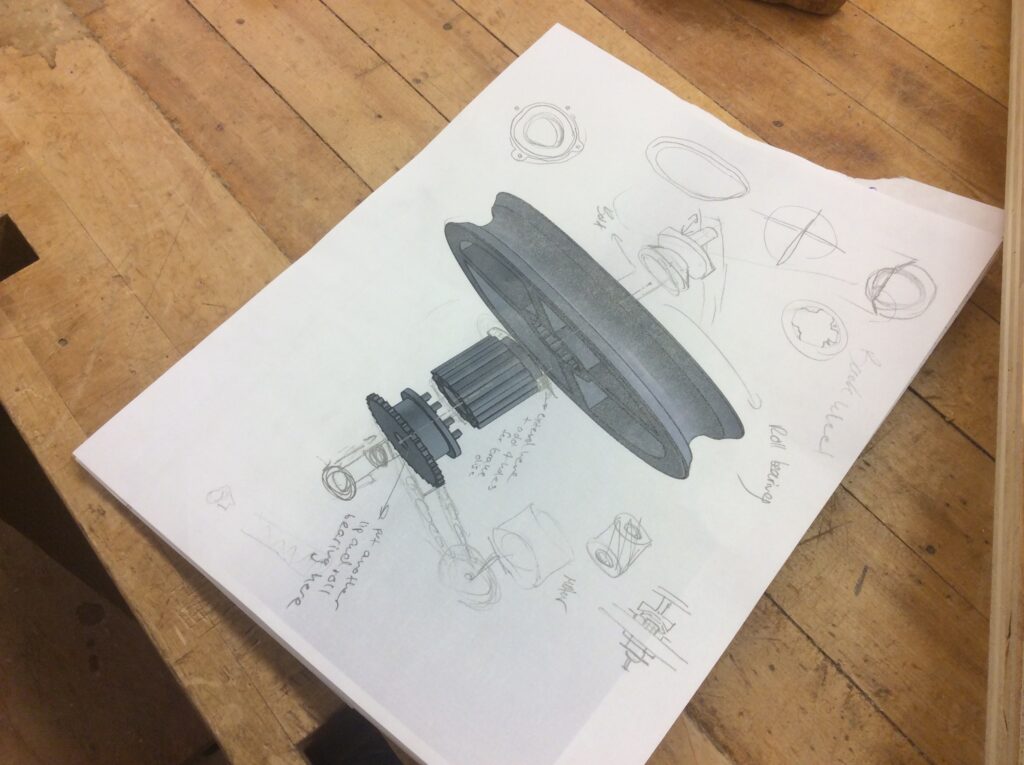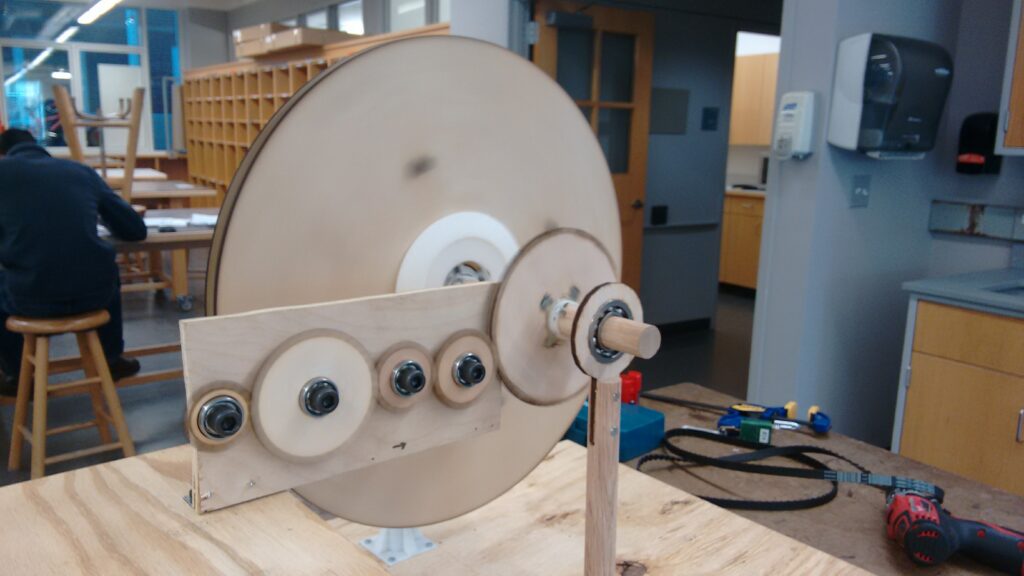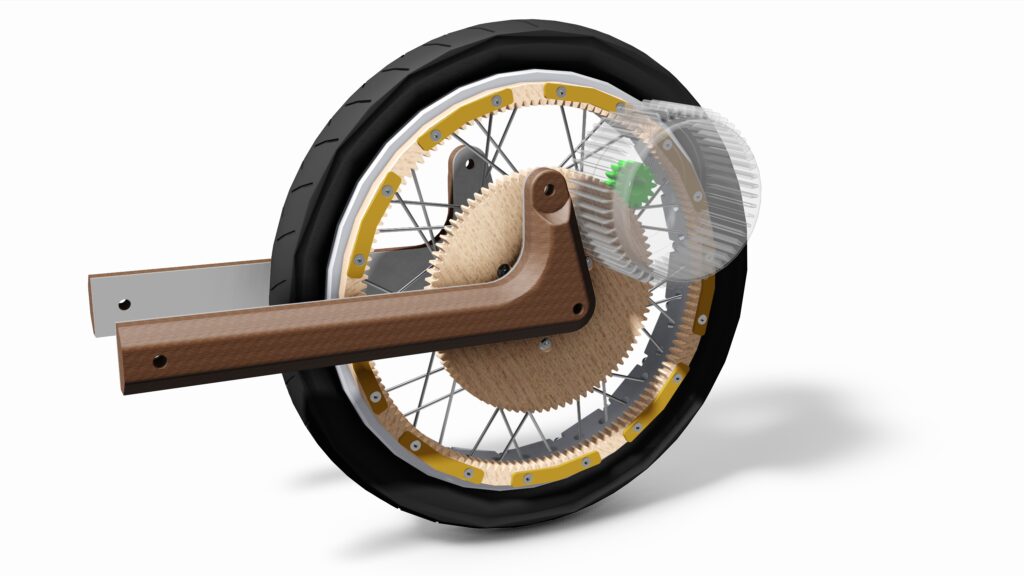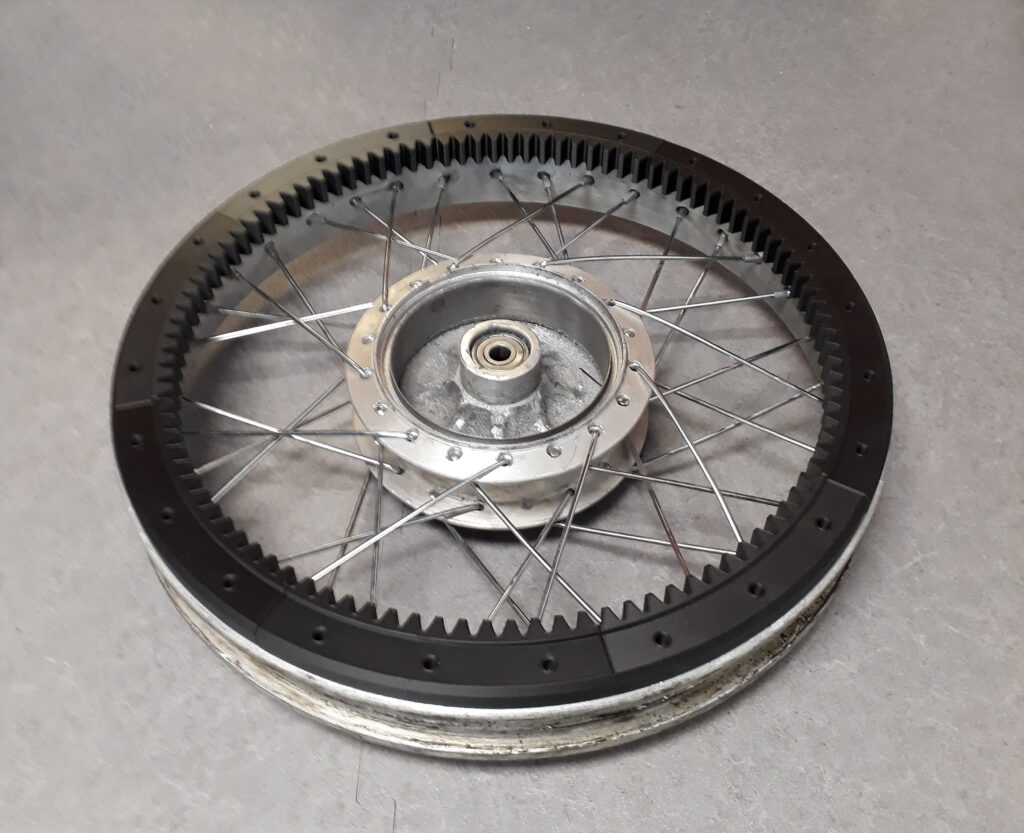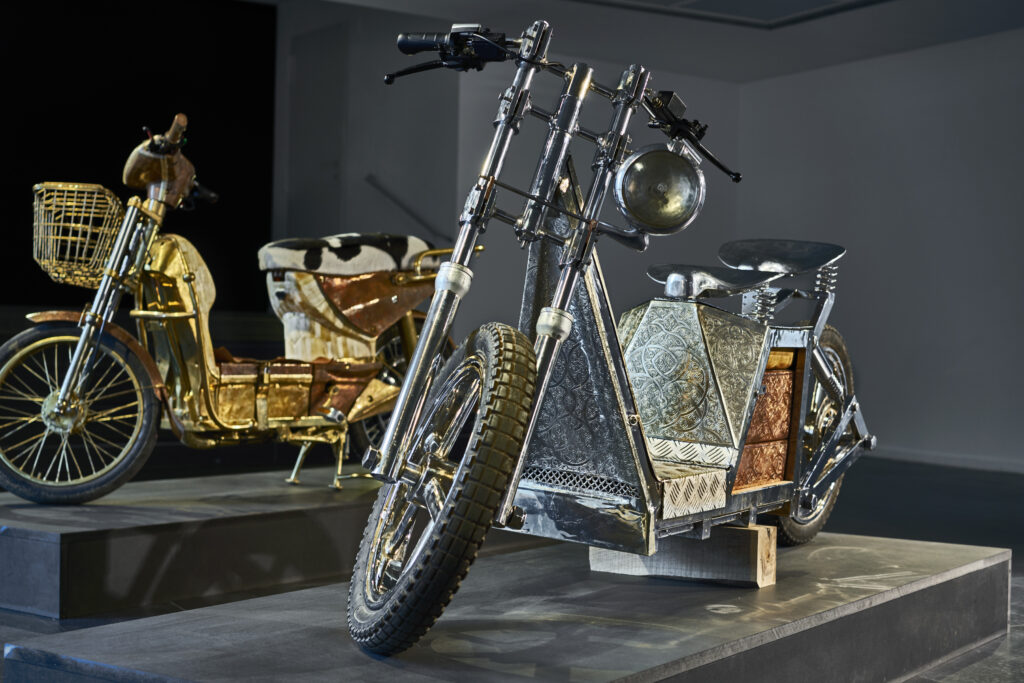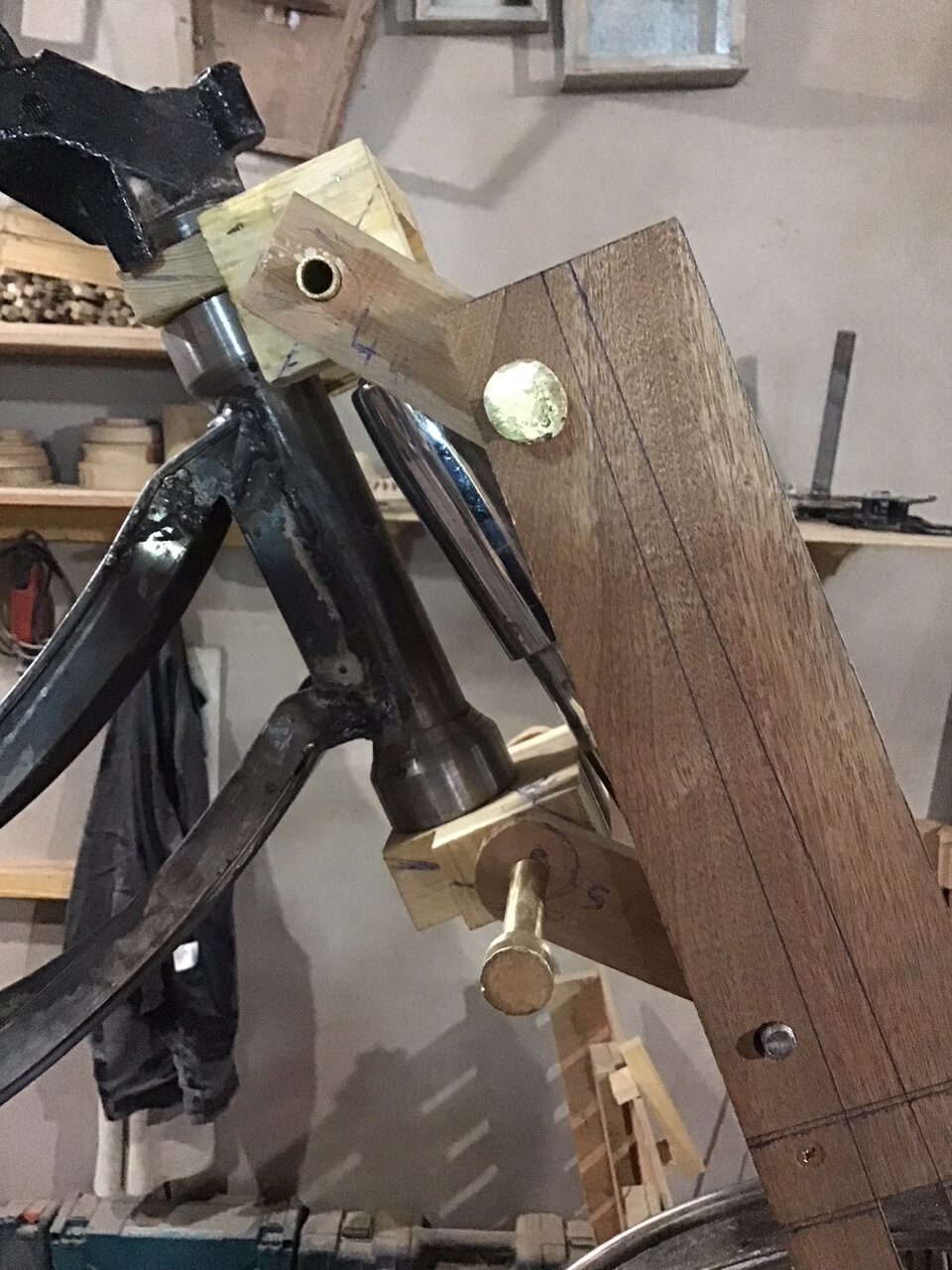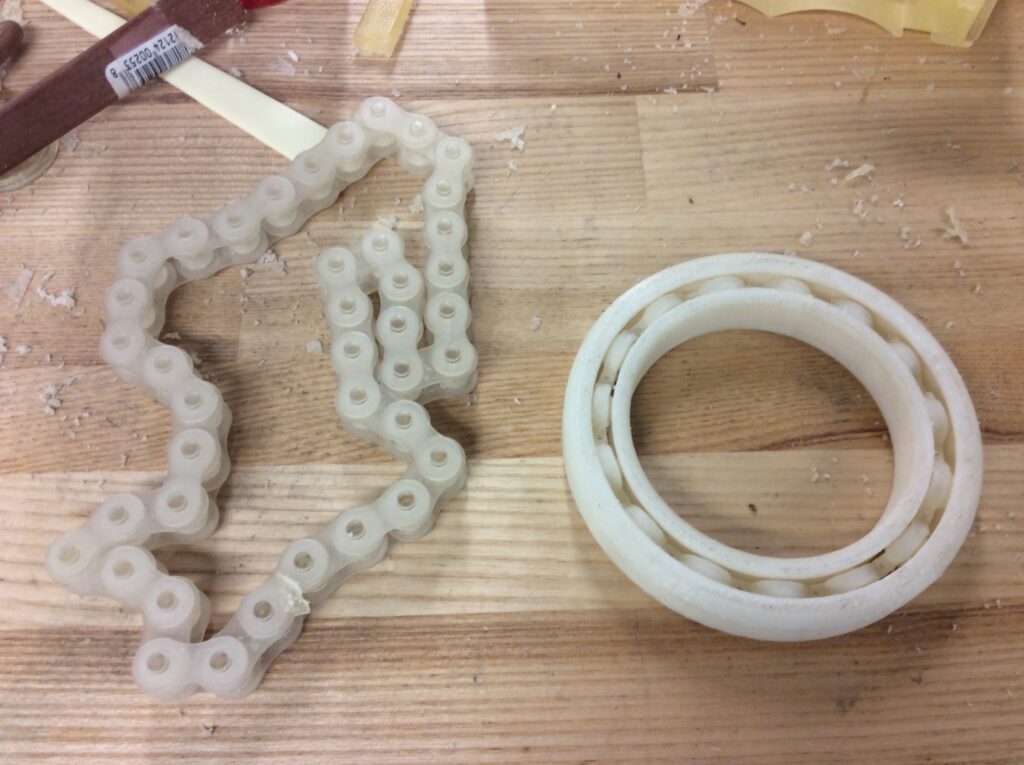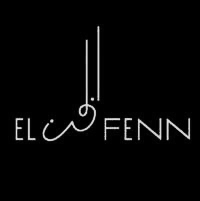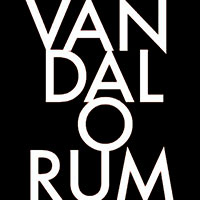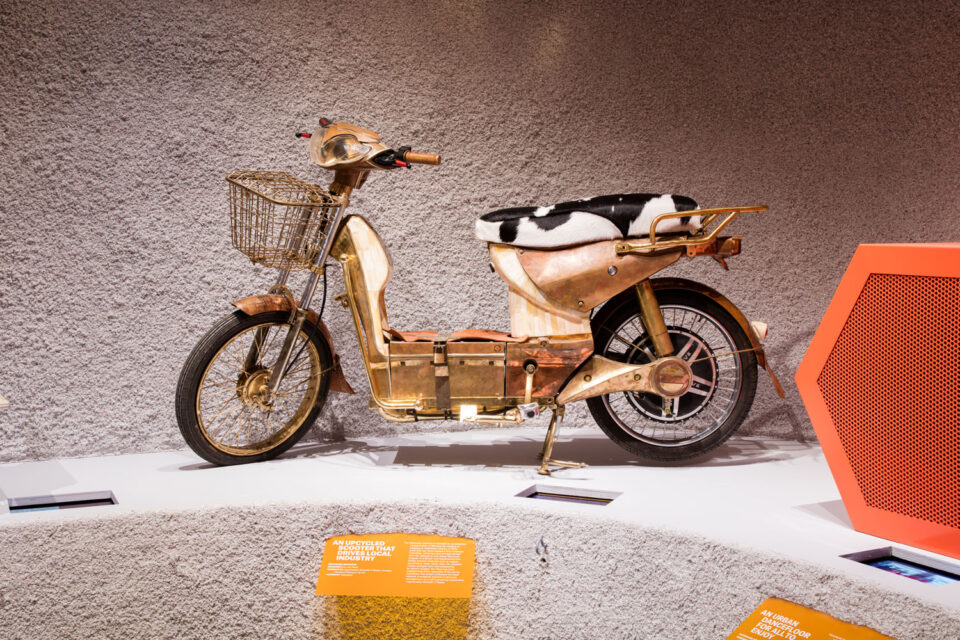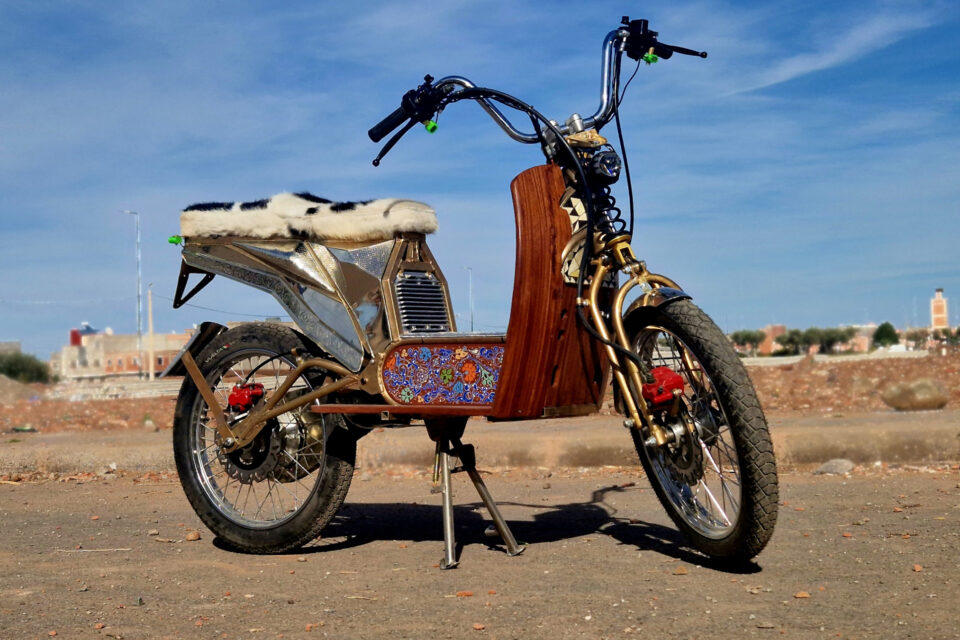Mixed media: variable (any combination of crafted, factory-made and 3D printed parts)
Size: variable
Weight: variable
Prototypes present in various international museum collections
External links:
BBC WORLD – Mahjouba Initiative – In The Studio
Mahjouba Initiative @ DESIGN MUSEUM LONDON
Participants to the First Mahjouba Think-tank in 2017 @ Mu.ZEE/Ostend:
Michel Assenmaker (curator), Laurens Bekemans (architect), Klaus J. Milch (professor Post-Modernism), Phillip Van den Bossche (director Mu.ZEE), Sammy Baloji (artist), Pascal Gautrand (expert in fashion, craft and industry), Ken De Cooman (architect), Laurens Bekemans (architect), Laurent Courtens (curator), Matthijs de Bruijne (artist), Hicham Khalidi (curator/moderator), Nada El Harif (politician), Jack Wilson (professor Architectural Design), Natasha Hoare (curator), Samya Abid (director Fenduq), Saddie Choua (artist), Smooth Ugochukwu C. Nzewi (curator), Henriëtte Waal (designer).
Participants to the Second Mahjouba Think-tank in 2018 @ ESAV/Marrakesh:
Brahim Baaddi (Regional Director of the Moroccan Ministry of Industry), Karima Boudou (curator), Marta Carrascosa (Senior Expert of the African, Caribbean and Pacific (APC) at the EU development cooperation programme), Abdelaziz Babqiqi (Director – Regional Observatory of the Environment and Sustainable Development in Marrakesh), Daniella L Reichstetter (Executive Director of Entrepreneurship at the Center for Private Equity and Entrepreneurship at Dartmouth University), Laurent Courtens (curator), Hicham Khalidi (curator/Moderator), Jack Wilson (professor Architectural Design), Klaus J. Milch (professor Post-Modernism), Seval Harac (student – Tuck School of Business), Ahmed Azirar (economist), Shamsul Hussain (student – Tuck School of Business), Marcelo Crescente (student – Tuck School of Business), Matthijs de Bruijne (artist), Rocco Orlacchio (gallerist), Bachir Lakhdar (professor economics), Juan Asis Palao Gomez (librarian), Hicham Benyoussef (chef of communication Maroc Entrepreneur), Phillip Van den Bossche (director Mu.ZEE), Aadel Essaadani (Association Racines), Samya Abid (director Fenduq), Amine Kabbaj (architect), Yvan Vanmol (doctor/art collector), Siddharth Shekhar (student – Tuck School of Business), Driss Khrouz (economist), Laila Hida (curator), Neeraja Sankar (student – Tuck School of Business), Azzeddine Karra (archeologist), Bureau d’etude Resing (independent engineering consulting firm specializing in the fields of environment and sustainable development in Marrakesh), Salma Lahlou (lawyer and art historian), Hicham Berdouzi (regional Director of the Ministry of Craft and Social Economy in Marrakesh), Eelco van der Lingen (curator), Will Lunn (gallerist).
Participants to the Third Mahjouba Think-tank in 2020 co-hosted by Linnaeus University & Museum Vandalorum (SE) – held online due to the Covid Pandemic :
Helén Anderson (Professor of marketing – Linnaeus University), Peter Aronsson (Vice-Chancellor – Linnaeus University), Wouter Barendrecht (Owner / CEO – General Transmissions, FR), Johanna Berg (Exhibition Coordinator – Museum Vandalorum), Christina Dahlgren (Director Artium), Erik Vedel (Scientist Glass Technology – Arctic Biomaterials Oy), Murk Van Der Schaaf (freelance documentalist, NL), Bernard Bobby (212 Founders & Entrepreneur First – investor Morocco & Europe), Rasmus Fleisher (Historian – Södertörn University), Jonatan Habib Engqvist (Curator), Lovisa Hamrin (CEO – Herenco), Klaus J Milich (Professor modernism and postmodernism – Dartmouth College), Hicham Khalidi (director – Jan van Eyck-Adademie), Maria Lantz (Vice-Chancellor – Konstfack), Karin Lundh (Vice chairman – Museum Vandalorum), Welf Löve (Professor – Computer Science / Linnaeus University), Smooth Ugochukwu-Nzewi (Curator at MoMA), Peter Kuchinke (Maestro Vetrario – Glass Factory), Joacim Rosenlund (Lecturer – circular economy / Linnaeus University), Anders Rydell (journalist), Glenn Sjöstrand (Lecturer, Sociology / Linnaeus University), Hans Sternudd (vice dean at the Faculty of Arts and Humanities / Linnaeus University), Emma Stenström (Associate Professor – Stockholm School of Economics), Elna Svenle (Director – Vandalorum), Phillip Van den Bossche (curator – Malhoun, Marrakech), Laurens Landeweerd (Philosopher – Radboud University/NL), Jack Wilson (Senior Lecturer, Studio Art / Dartmouth College), Glenn Adamson (Senior Scholar – intersection of craft, design history and contemporary art/ Yale University – Center for British Art), Claudio Colucci (Product Designer – Geneva).
The last ten years Morocco has brought about a major transition towards renewable energy. Two important projects towards a zero-carbon industry are the installation of the largest solar panel fields in Africa (Noor Power plant) and the COP22 held in Marrakech in 2016. The country aims to provide nearly half its national consumption with solar energy by 2030.
The Mahjouba Initiative reflects on Eric van Hove’s hope to connect local craftsmen (20% of the active Moroccan workforce, 8,6% of the country’s GNI) to the electric engine revolution while creating a community-developed consumer end product: an electric motorbike for the local market using mainly craft materials and skills, combined with 3D-printing. Bringing a sustainable and meaningful market to craft in 21st post-Fordist century Africa must be done through the middle-class consumption of modern, useful goods. Artistic and creative emancipation, alternative manufacturing, as well as social and economic sustainability are core aspects of this endeavour.
Alongside this reverse-engineered item that is the motorbike, the Initiative seek to propose an experimental decentralized socio-economic model hybridizing the Western capitalist system and the local African made-to-order manufacturing and souk/distribution approach. To create a thought-provoking model, the artist believes in collective intelligence: on-going think-tanks are organized where 30 to 40 guests (artists, students, economists, scholars, engineers, etc.) brainstorm and improve a consistent model which will be tested via a Pilot in 2021, alongside a long-feature film and a publication.
Here is an artist statement sent to the participants of the Third Mahjouba Think-Tank hosted by the Linnaeus University and Museum Vandalorum in Sweden in January 2021:
Aiming to reach the “Total artwork” (Gesamtkunstwerk) has always be core to my approach as an artist, and that implied looking therefore at what a “medium” in the artistic sense could evolve to become in the 21st century, beyond the post-modern era. This led me to look at any system as a potential medium for art and Mahjouba is probably the closest I have got to it so far. Consider the Readymade: a profane item from everyday life that is being “elevated” to the sacred status of an artwork; then, imagine an artist proposing to mass-produce readymades for the consumer market: that sums up what Mahjouba might be. La loop being closed: reversed animism.
Think of it as a circle: we started with a Chinese industrial consumer item and over several prototypes transfigured it with the craft legacy into an artwork (phase 1). Now, with your help, we are about to return to the consumer item and close the loop (phase 2). While the terminology used in the two earlier think-tanks was related to the art “decolonizing, ethno-commodity, living art,…”, the terminology we will start using now will relate to business: “market validation, business plan, economies of scale,…”. Cultural specialists among us will exit our comfort zone, while business managers will enter in theirs, but in this transition all know-how is essential.
The product, an electric motorbike reverse-engineered from the techniques and materials available in the Moroccan craft sector, is ready. It’s anticipated, partly decentralized, mode of production aims to combine two seemly incompatible approach to producing goods: the mechanized/industrial manufacturing model pertaining to formal economy (Yuval Harari reconceptualized the dichotomy for the 21st Century in terms of the rich who invest to re-invest, and the remainder who go into debt in order to consume for the benefit of the owners of the means of production) and the pre-mechanized guild manufacturing model pertaining to informal economy that somehow predates it. Each component of the moped is attached to either of these two models, while a few shall possibly be made using 3D printing.
That is to say, Mahjouba aims to combine these two methods, to hybridized them literally, in order to create a Socialist mode of production (the mode of production which Marx considered shall succeed the Capitalist mode of production) where the sole criterion for production is use-value, and individual compensation is representative of one’s contribution to the social product (total output of the economy) in terms of effort, labor and productivity. (…) Eric Van Hove, Marrakesh, 29th September 2020
Many collaborating institutions and partners are involved in this ever-growing scheme.
Mahjouba I (first prototype) was nominated for best design of the Year at Design Museum London in 2017.
